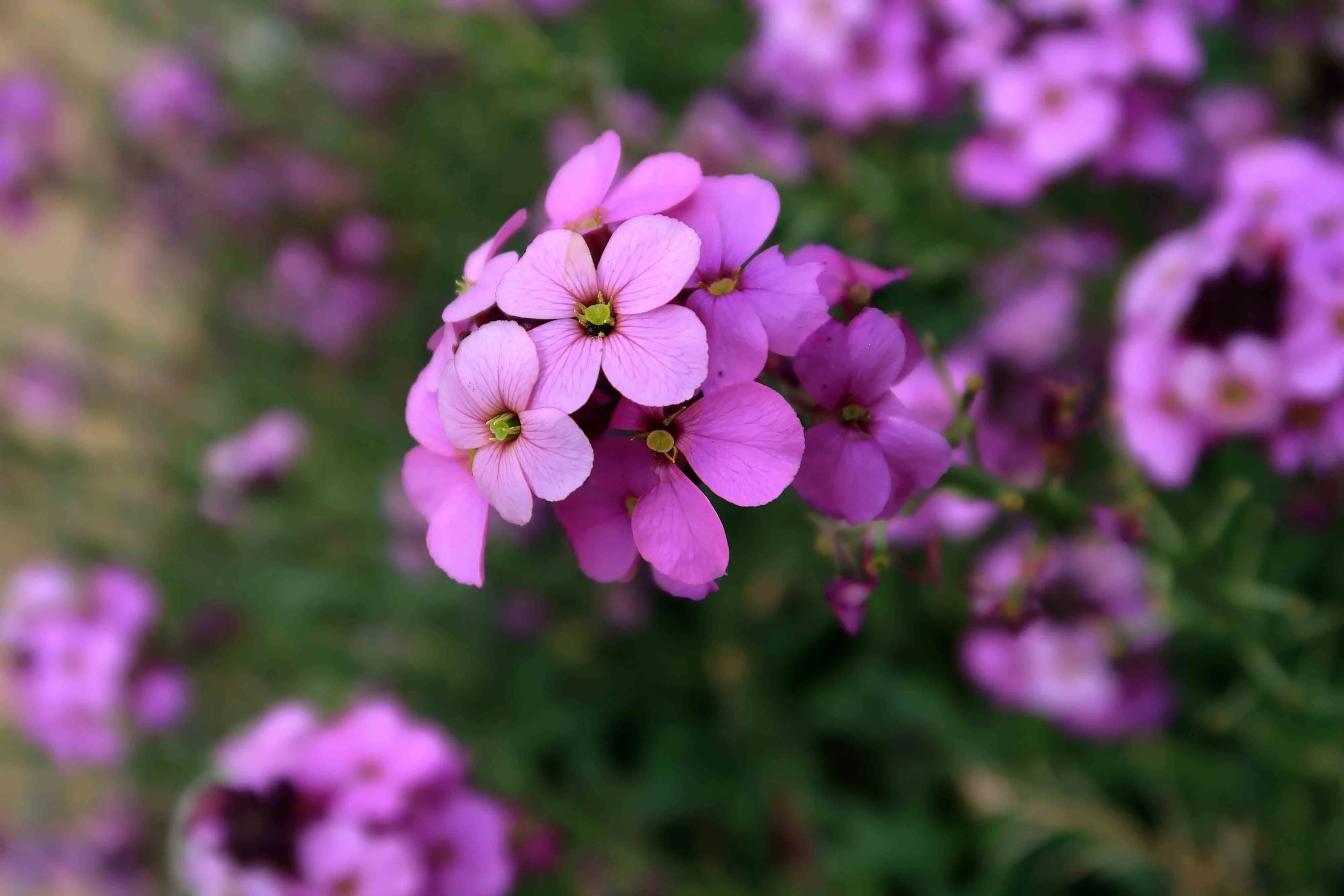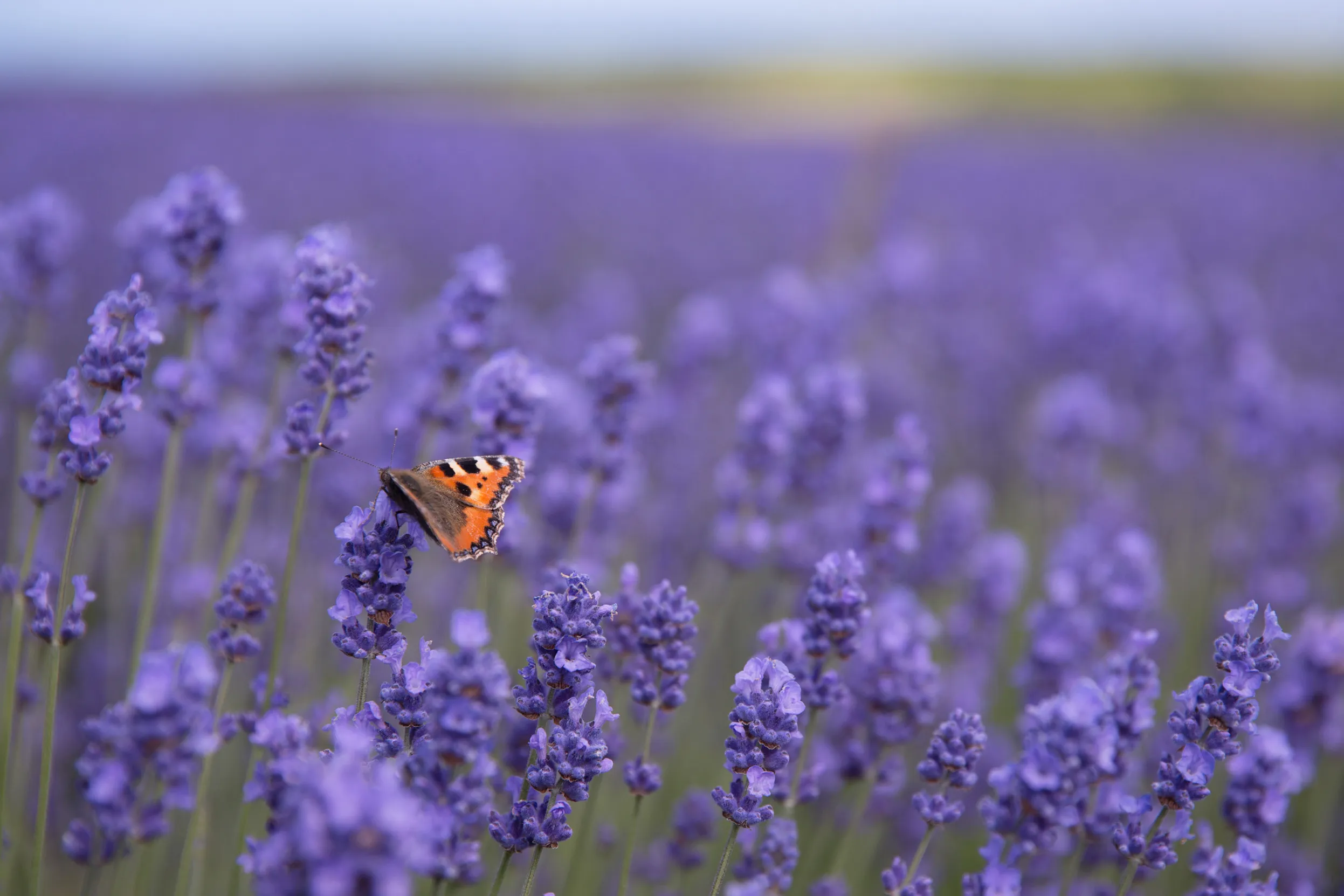Activity
Gardening for butterflies
Attracting butterflies to your garden is easy when you know how.

By picking the right nectar plants and growing them in sunny conditions, you can make your garden a butterfly-friendly haven.
Instructions
Choose your plants for butterflies
We have some recommendations for each season here:
Spring flowers:
- Bugle (Ajuga reptans) – a ground-cover woodland perennial plant, with low spikes of purple flower
- Erysimum (Erysimum bicolor) ‘Bowles’s mauve’ – a perennial wallflower with mauve flowers
- Goat Willow (Salix caprea) – a shrubby tree, which can grow to 15 m tall, so it needs space and shouldn't be planted near houses because of its vigorous root
- Lady's Smock (Cardamine pratensis) – a delightful, slender plant with pink flowers for moist soils

Summer Plants:
- Coneflower (Echinacea purpurea) – a lovely perennial for the flower border, with large flowers with a central spiky cone surrounded by pink petals
- English Lavender (Lavandula angustifolia) – the familiar Mediterranean herb, a short-lived subshrub that likes poor, dry soil
- Hemp agrimony (Eupatorium cannabinum) – a British native perennial, sending up lots of metre-tall leafy stems topped with fluffy pink flowerheads
- Marjoram (Orieganum vulgare) - a British native of downs and grassland, about 30cm tall with lots of small pink flowers
- Verbena Bonariensis – a trendy plant that is so dainty its tall stems topped with purple flowers can be slotted in among your existing border plants.
Autumn flowers:
- Bugbane (Actaea simplex) – A tall, upright spike with white flowers along it
- Devil's-bit Scabious (Succisa pratensis) – a native wet meadow and downland flower with little lilac pompom flowers
- Iceplant (Sedum spectabile) – fleshy leaves and pink flat heads of flowers
- Ivy (Hedera helix) – the familiar climber, but allow it to get its head into the sun in order to flower
- Michaelmas Daisy (Aster novae-angliae) – a perennial for the flower border with familiar pink and purple daisy flowers.

Plan where to put your plants
Look for sunny, sheltered spots – this is where your butterfly plants will produce the most nectar. Plant a nice mix of nectar plants in a cluster, so butterflies can flit from one to the next. A bit like a buffet!
Want a free wildlife-friendly gardening guide?
Our guide is full of ideas for welcoming nature into your outdoor space. Put a few of our tips into action and your garden will be buzzing with wildlife in no time.
Download The Free Guide